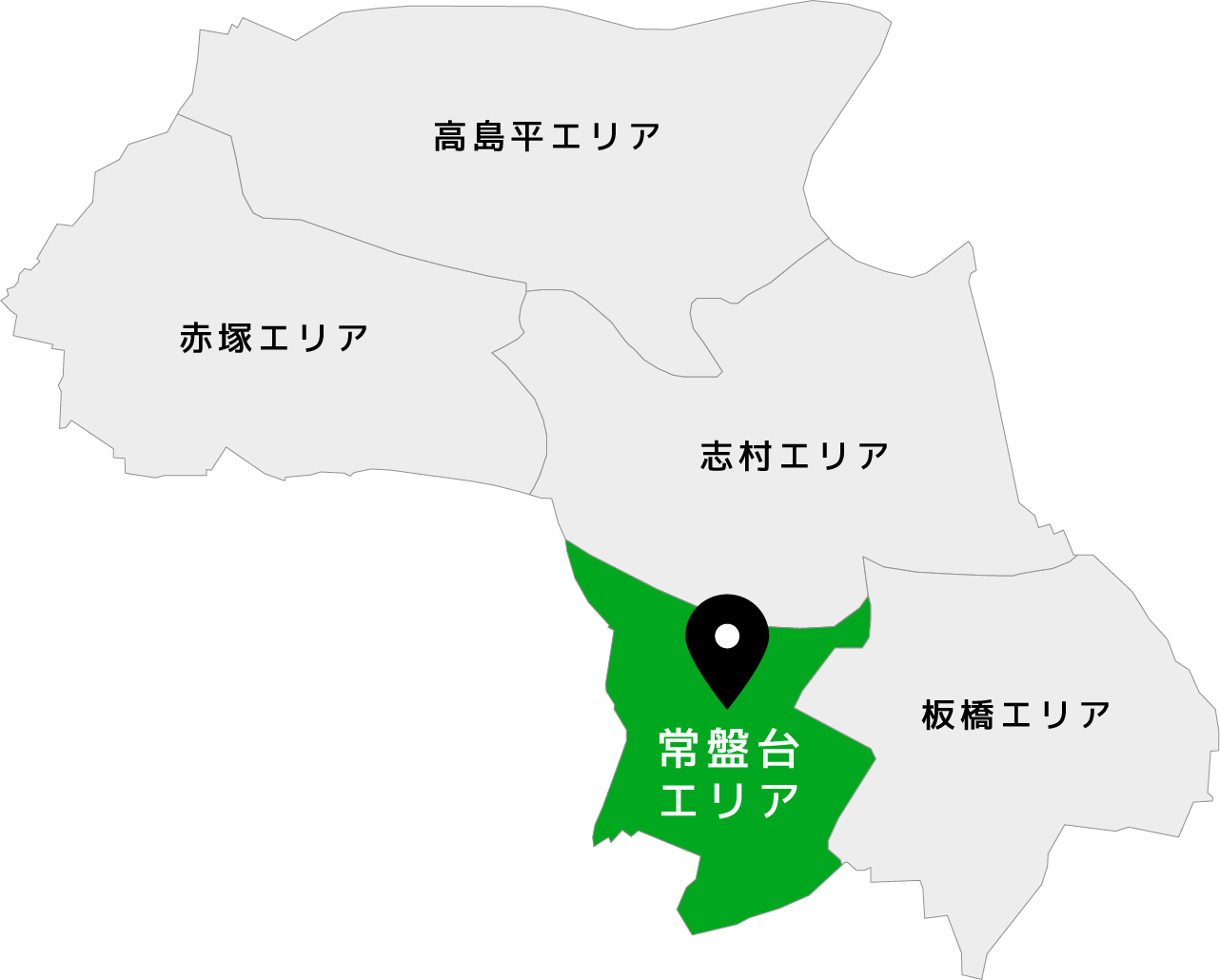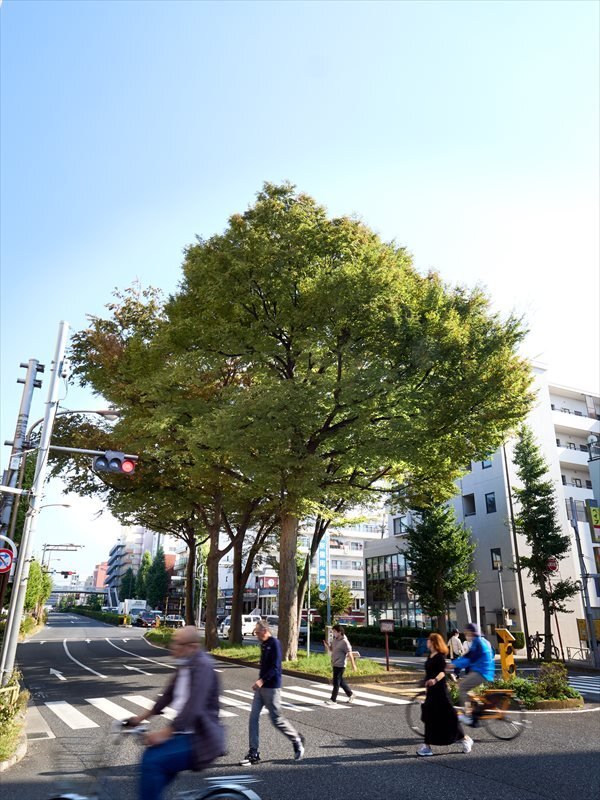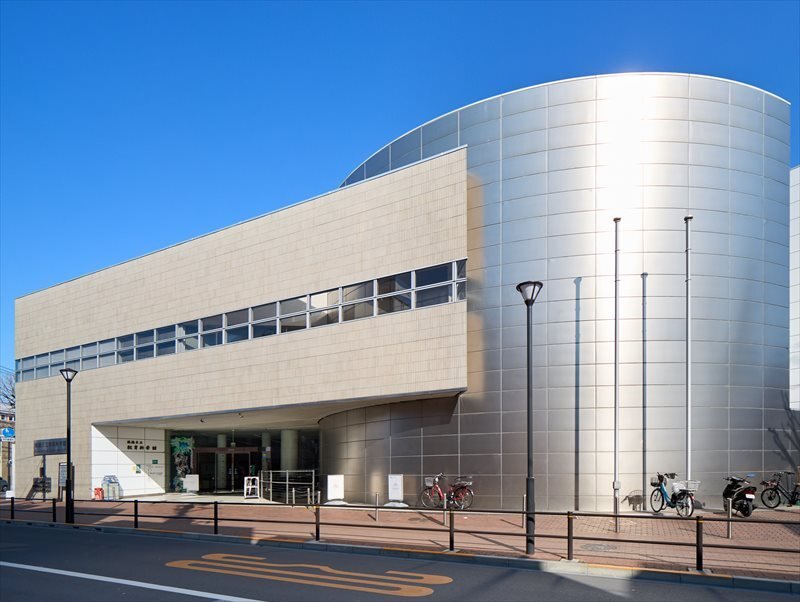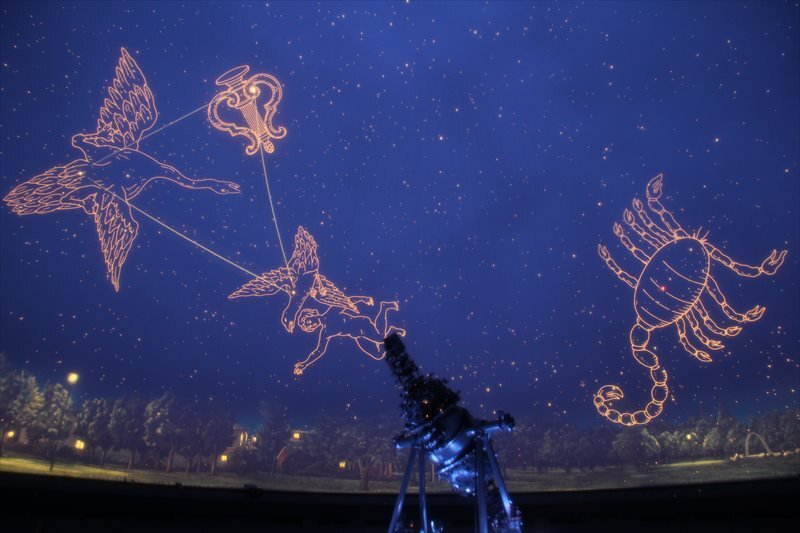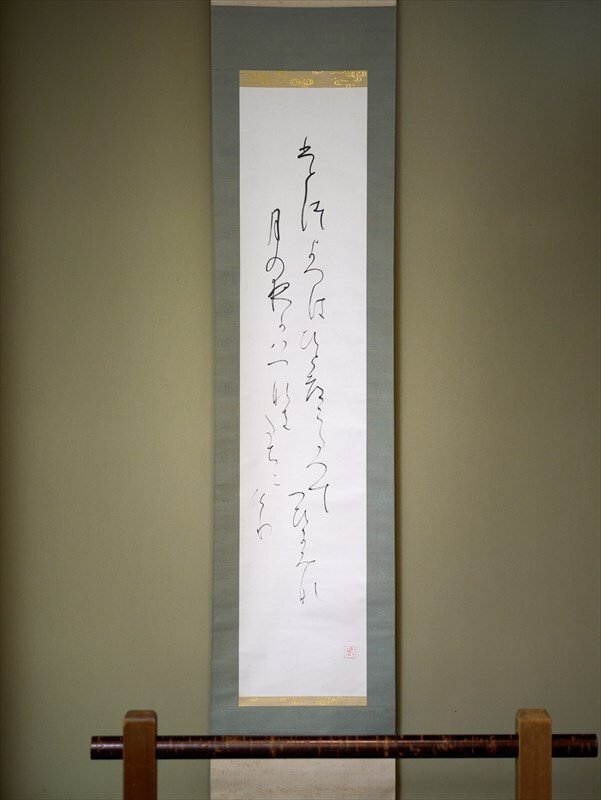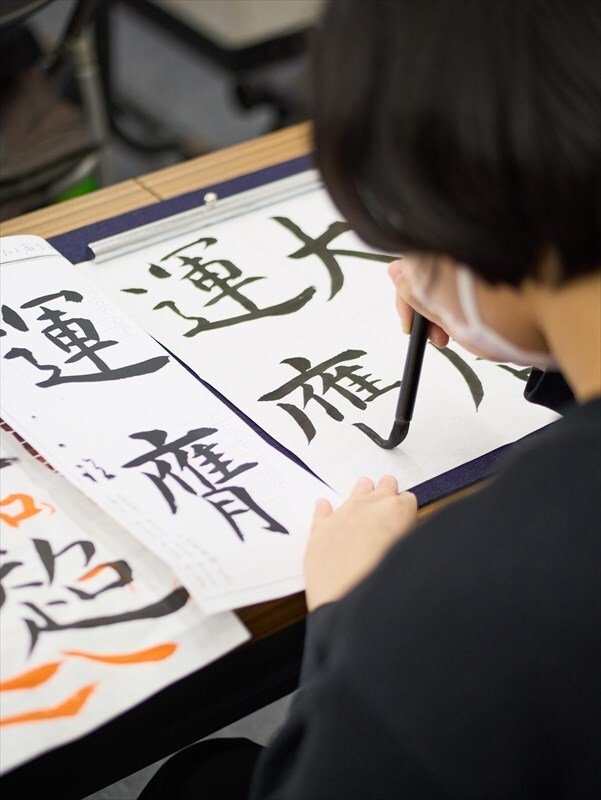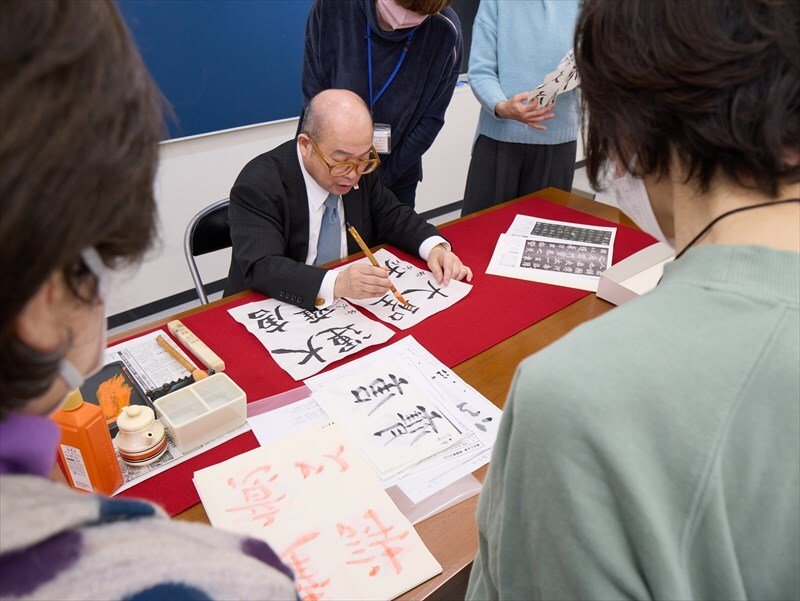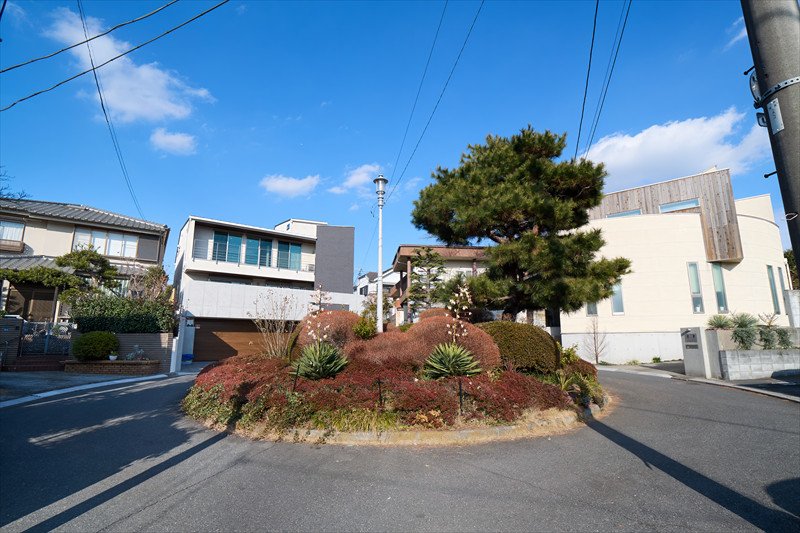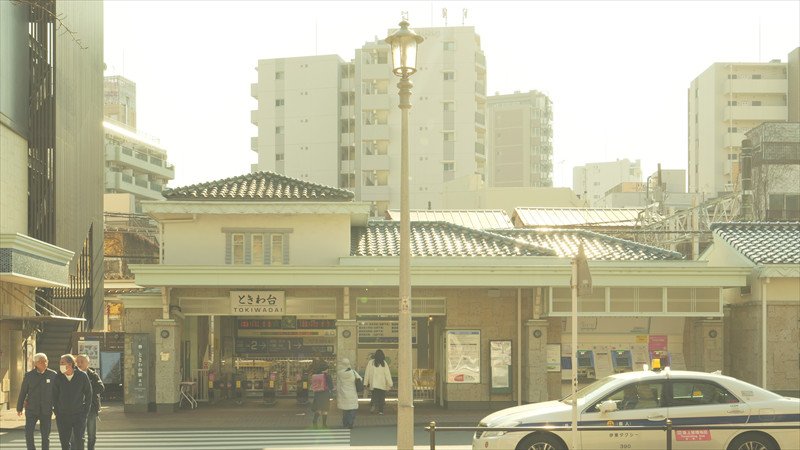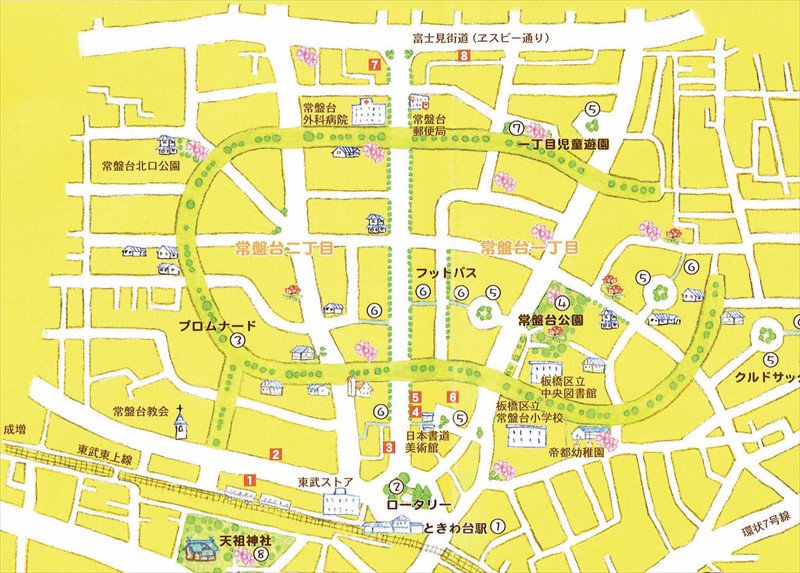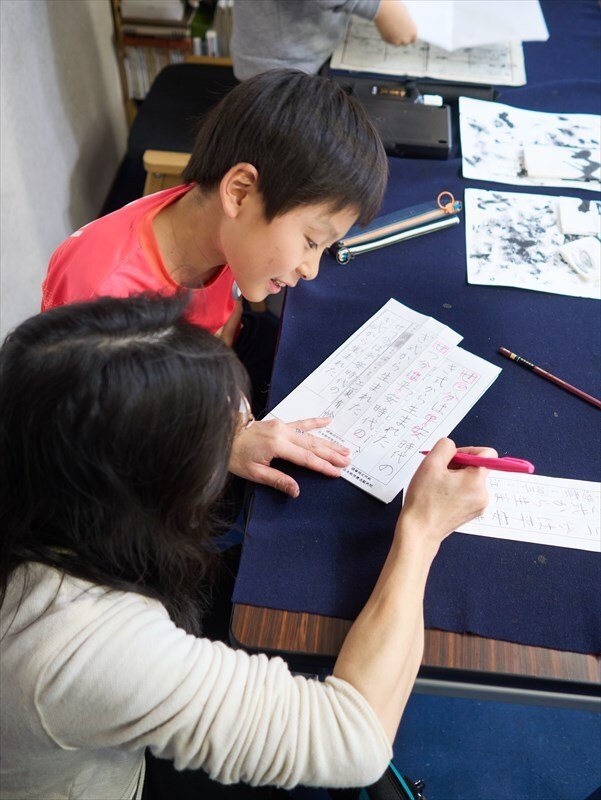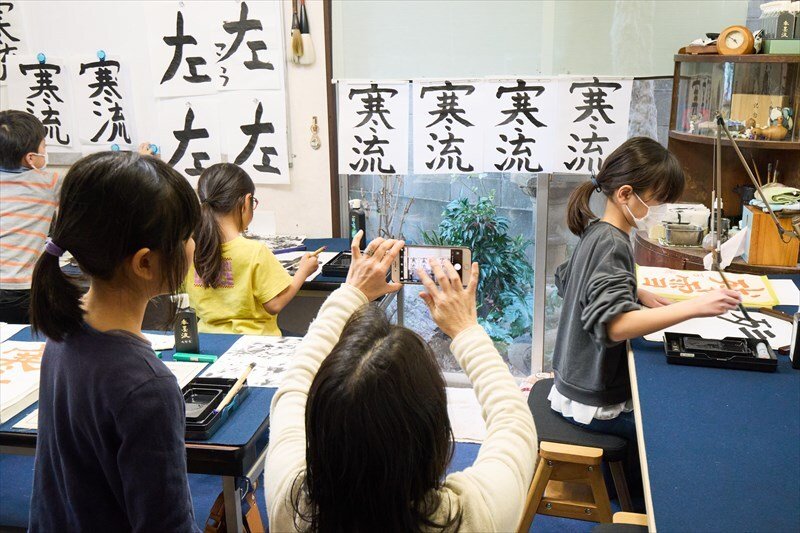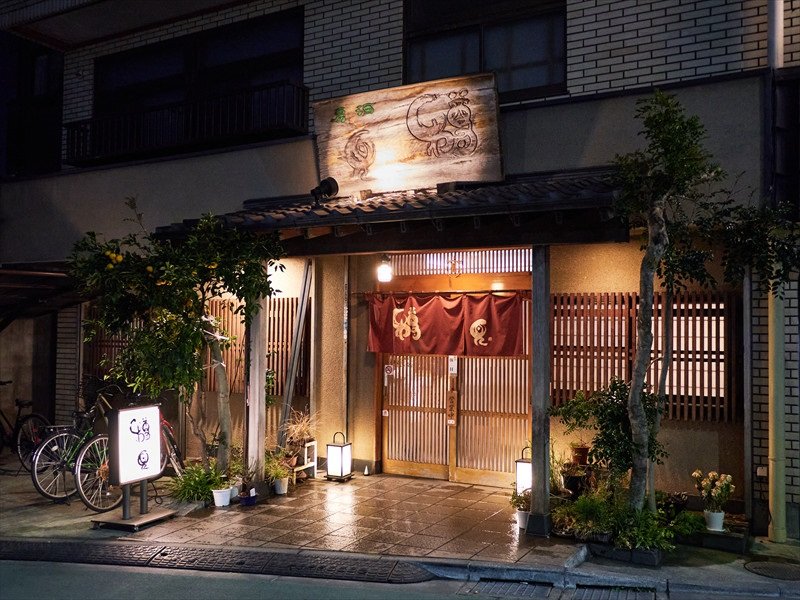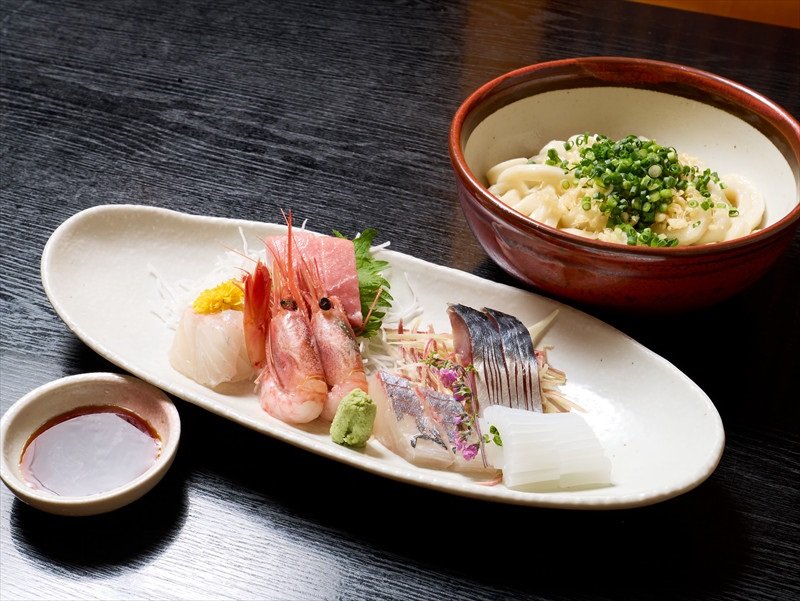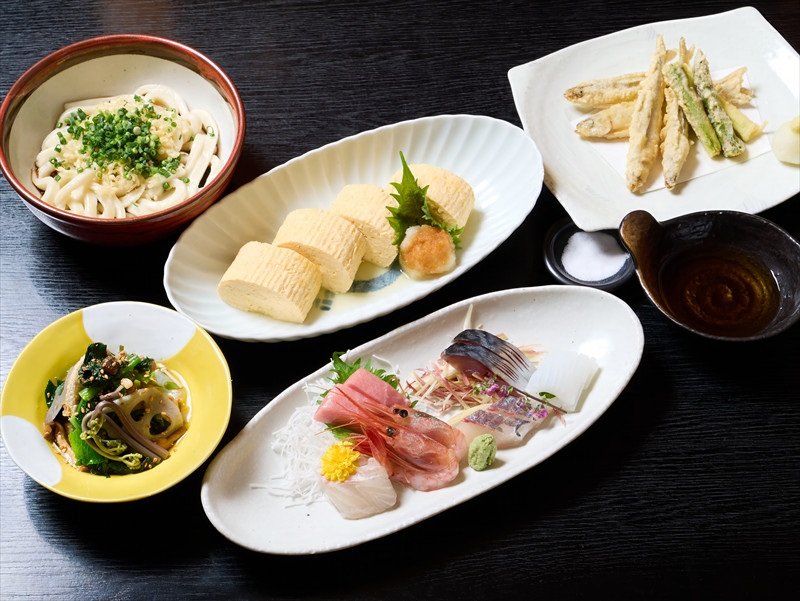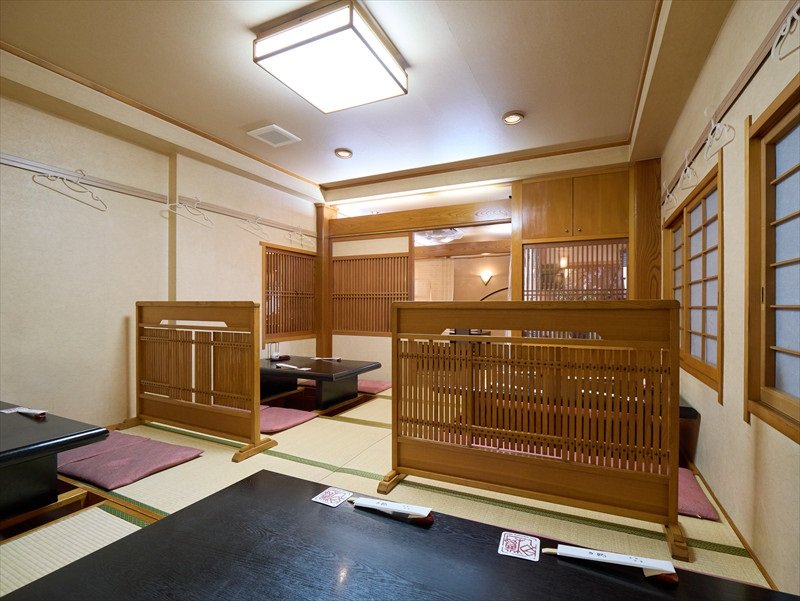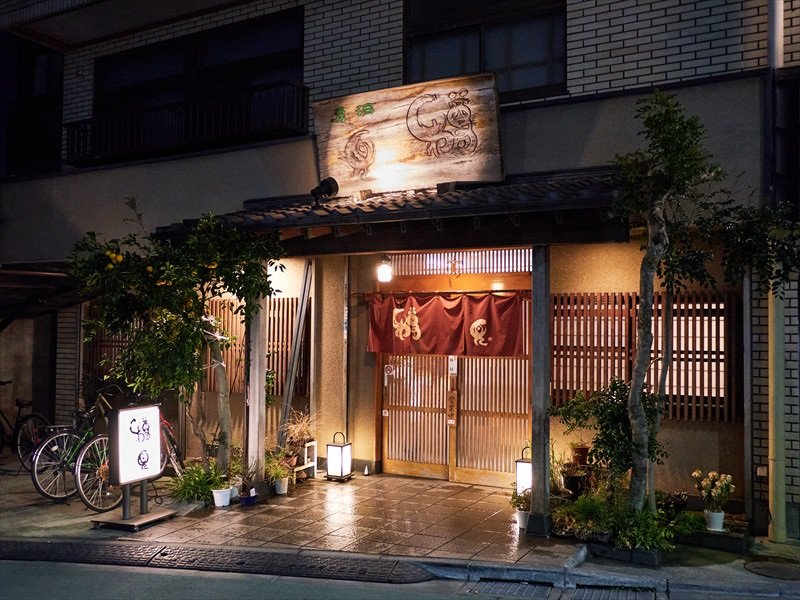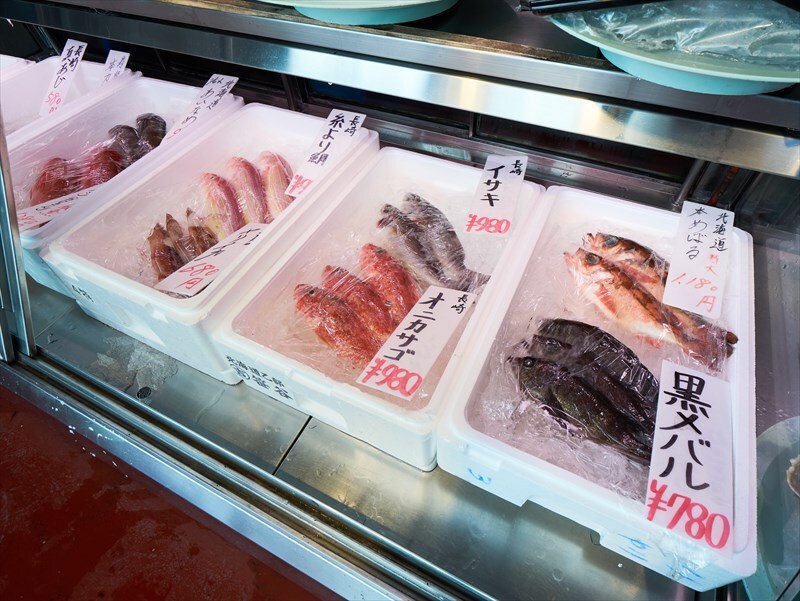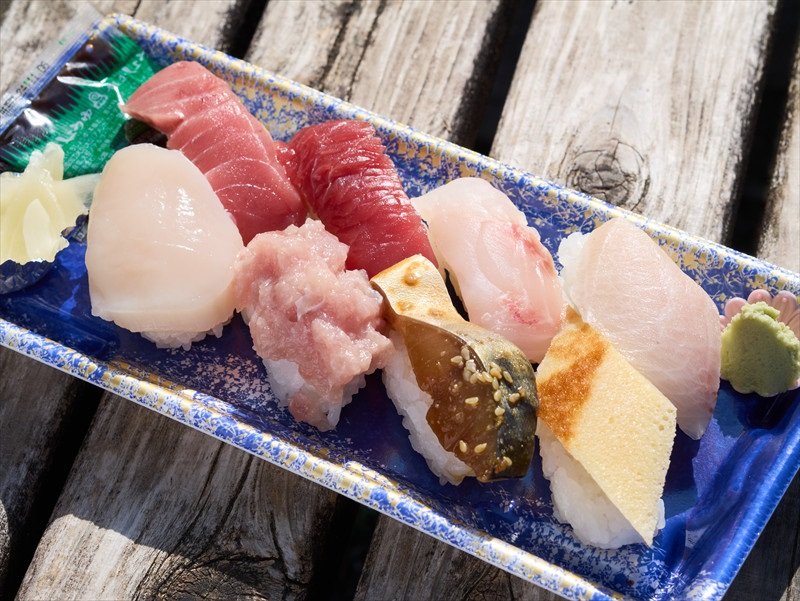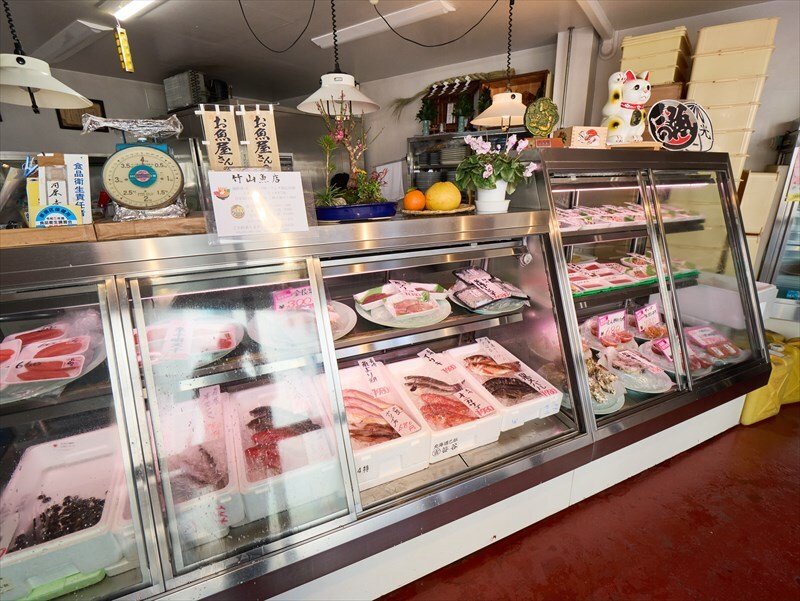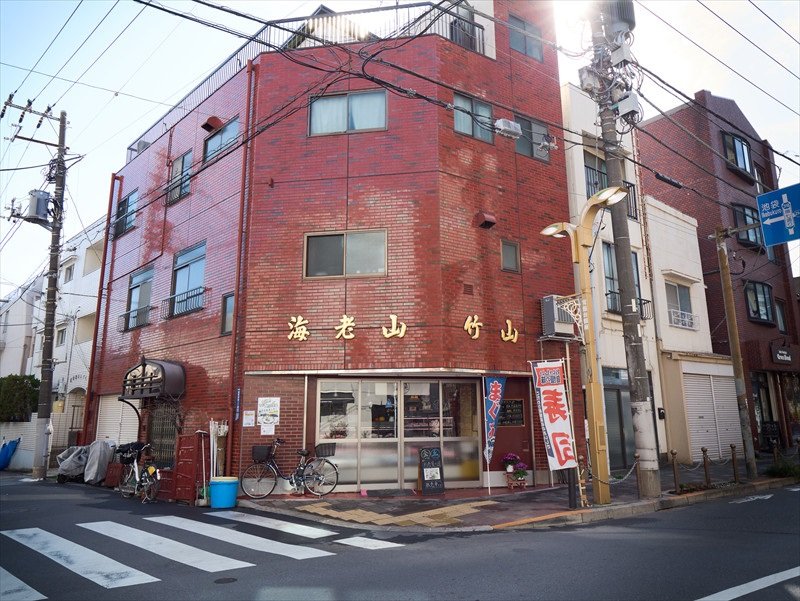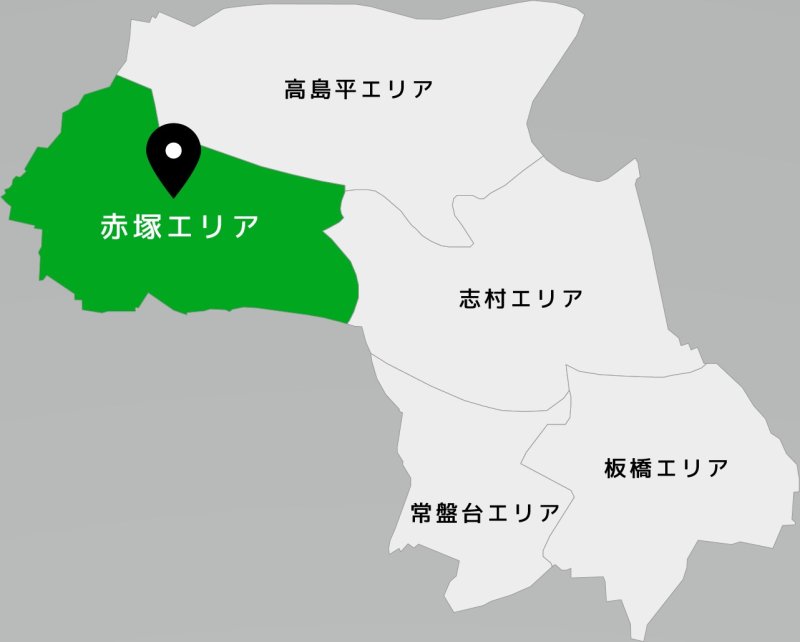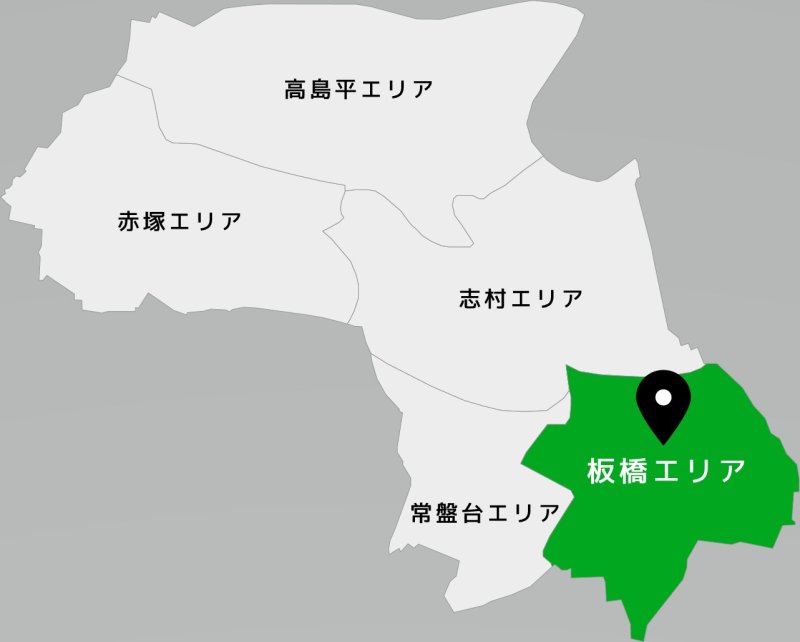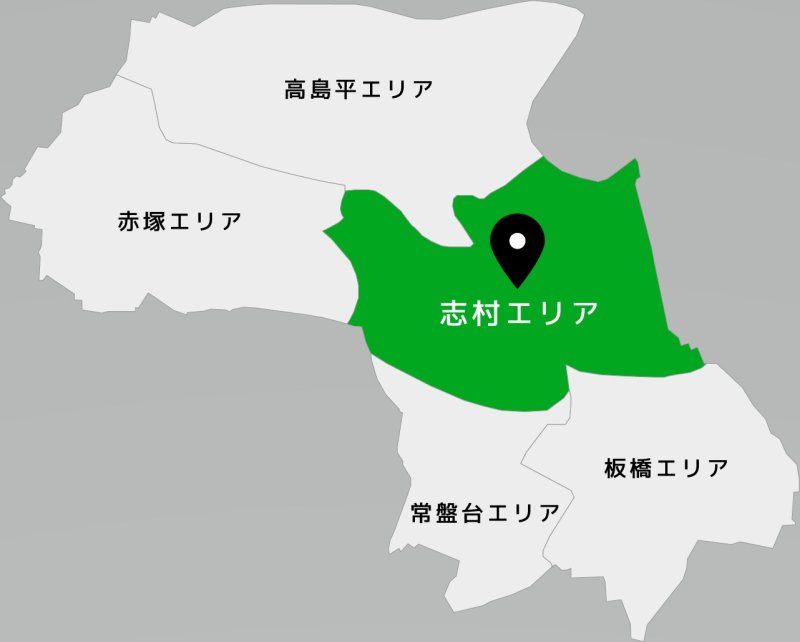“Gohon Keyaki”(Five zelkova trees)“Gohon Keyaki”(Five zelkova trees)
-

- Five magnificent zelkova trees are located at the south exit of Kami-Itabashi Station on the Tobu Tojo Line, passing through the shopping arcade, at the end of Kawagoe Kaido Road.
These five zelkova trees are a landmark of Kawagoe Kaido and Kami-Itabashi.
-
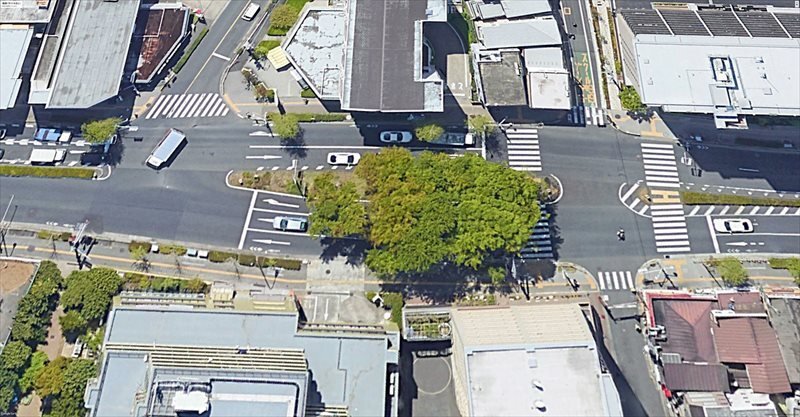
- It looks like a small forest in the aerial photo. You can see that the Kawagoe Highway has widened the median only here, and the uphill lane is slightly larger than the downhill lane.
- As part of the Edo/Tokyo reconstruction plan after the Great Kanto Earthquake, the Kawagoe Kaido Road was widened and straightened in the early Showa period, and Yajuro Iijima, then village mayor of Kami-Itabashi Village, offered the land of his house on condition that some of the zelkova trees in his estate forest be preserved.
- Local volunteers have continued to protect the "five" zelkova trees by transplanting new young trees in place of those that had reached the end of their useful life, and this historic landmark continues to watch over people passing by today. (Designated as an "Important Landscape Tree" by the ward)
-

-
Information
Japanese zelkova (species of elm-like tree, Zelkowa serrata)
Location: 1-19, Kamiitabashi, Itabashi-ku

 special feature (e.g. in a magazine)
special feature (e.g. in a magazine)
